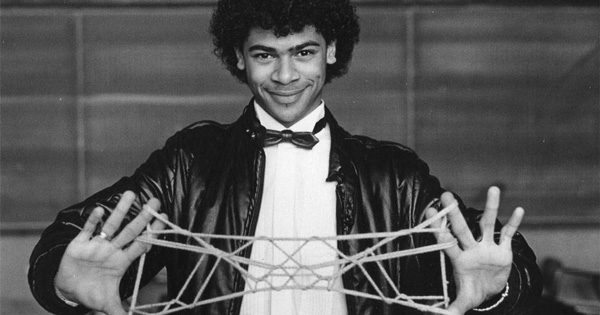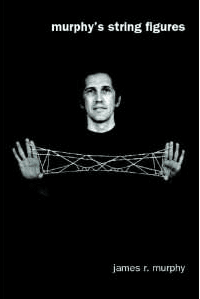 In the early 1980s, James R. Murphy began teaching mathematics using string figures in an effort to engage students who didn’t “like” math. Kids found the activity enormously fun and, almost without realizing it, learned to the kind of focus and dedication necessary for solving a problem by completing a series of complex steps — a fundamental skill in math and science. Essentially, it was an early successful experiment in using gaming for education — something on the minds of many in our age of social innovation.
In the early 1980s, James R. Murphy began teaching mathematics using string figures in an effort to engage students who didn’t “like” math. Kids found the activity enormously fun and, almost without realizing it, learned to the kind of focus and dedication necessary for solving a problem by completing a series of complex steps — a fundamental skill in math and science. Essentially, it was an early successful experiment in using gaming for education — something on the minds of many in our age of social innovation.
One day, Murphy asked Robin Moore, a student of his and a budding photographer, to take some pictures of the string figures, initially intended purely as a visual record. But Moore produced a series of remarkable black-and-white portraits of these kids and their strings.
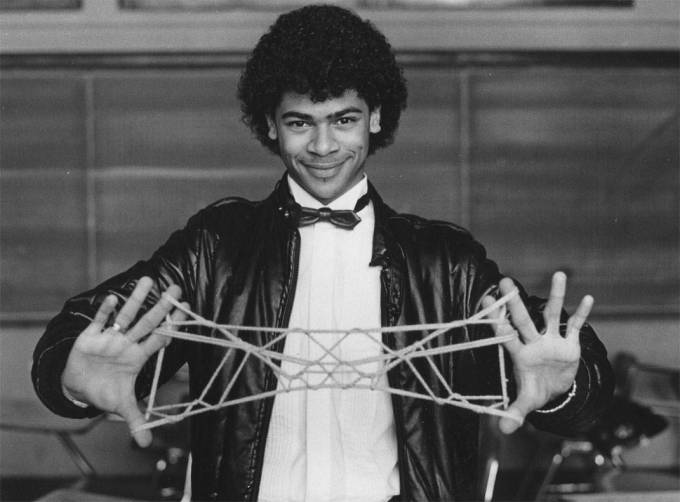
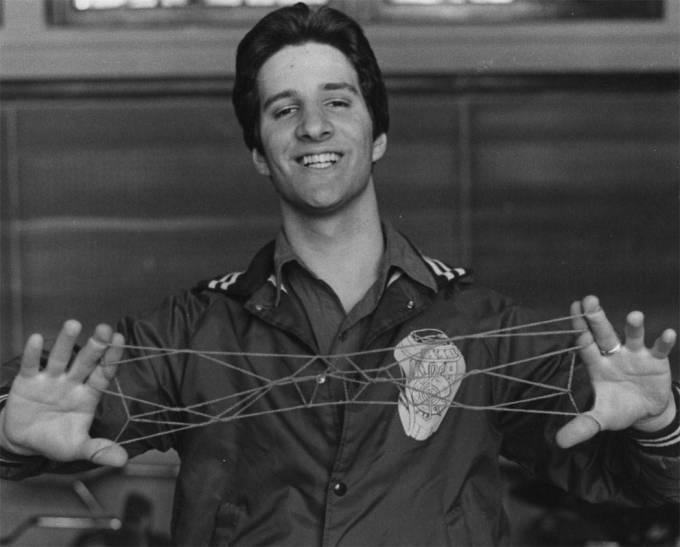
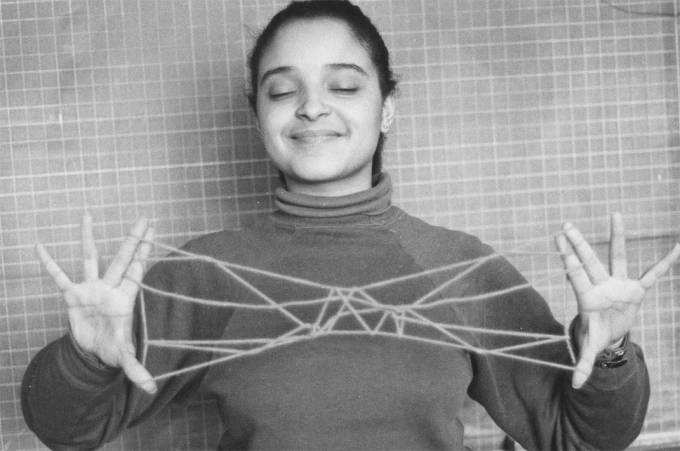
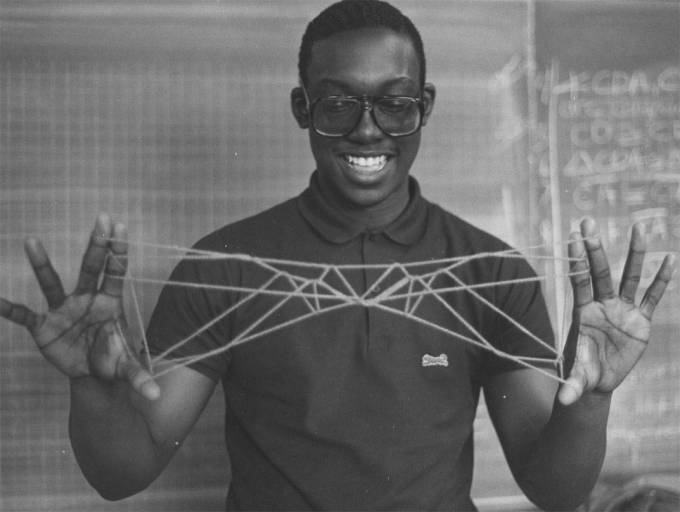
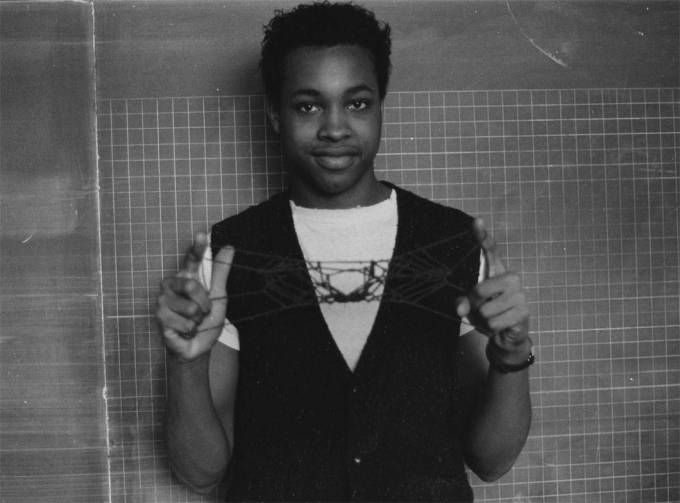
Taken in La Guardia, often against the backdrop of bathroom walls and decaying hallways, these portraits exude the palpable pride the kids take in their string creations, at once delighted with and enthralled by these logic-driven tangles.
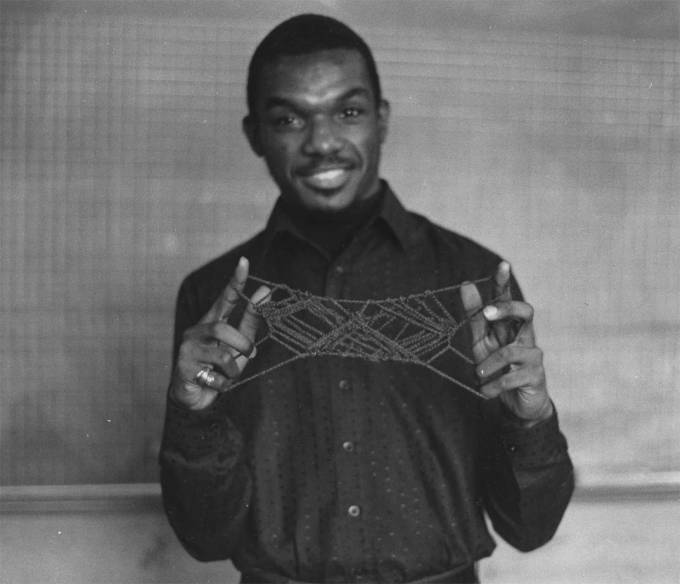
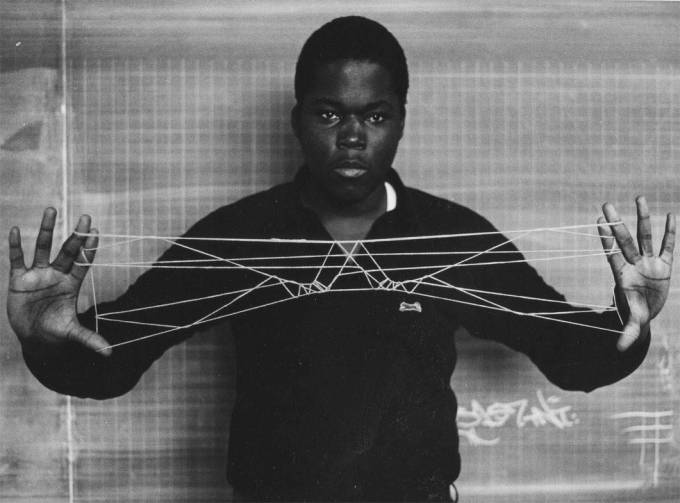
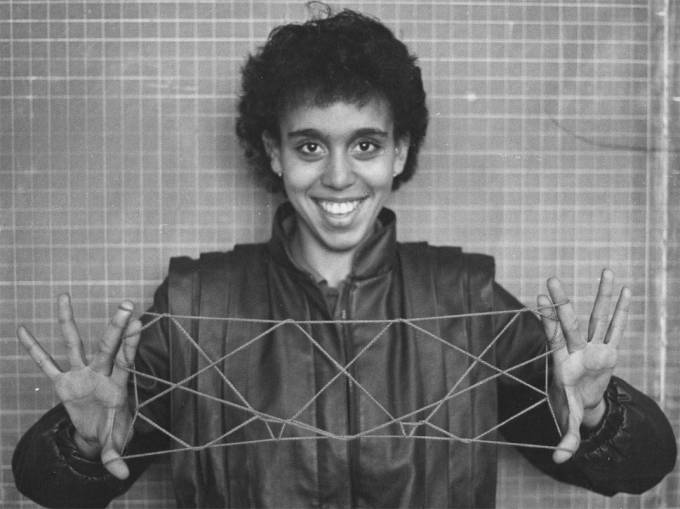
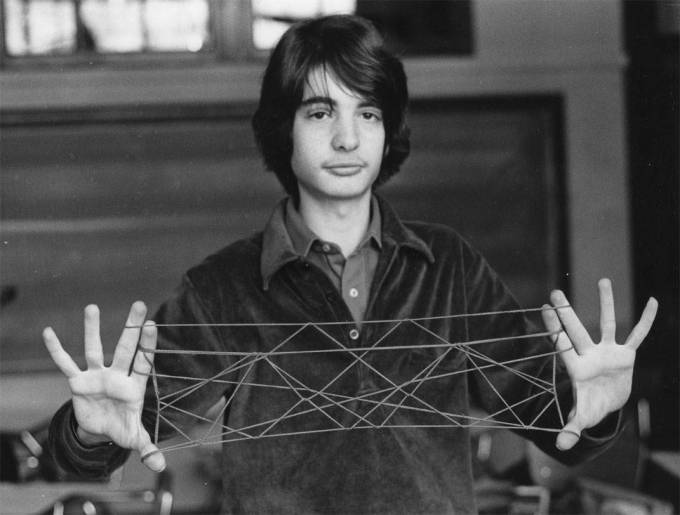
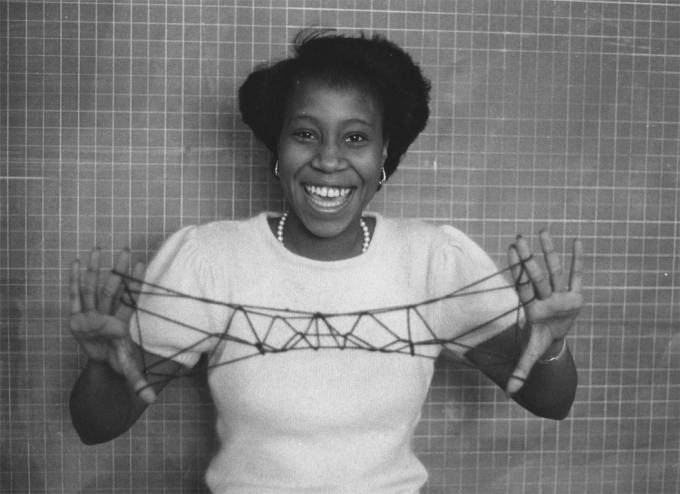
More about the project, including papers about Murphy’s original methodology for teaching via string figures, can be found in Murphy’s String Figures: Teaching Math With String Figures (public library).
via Coudal


